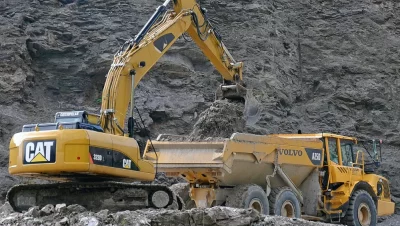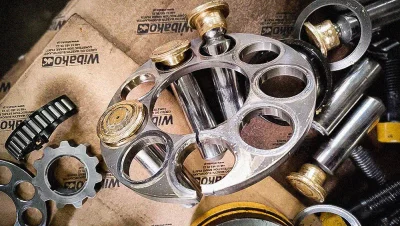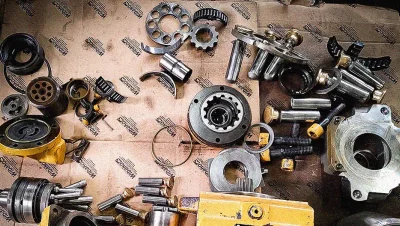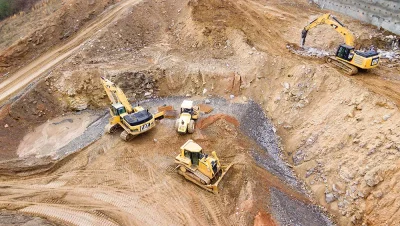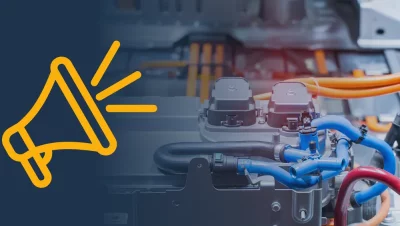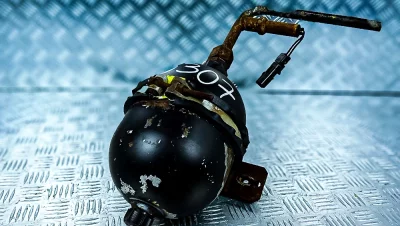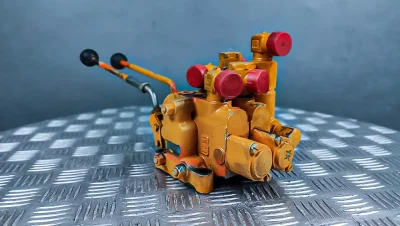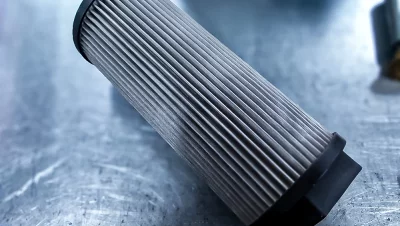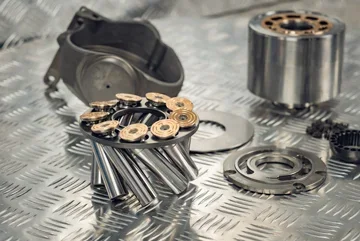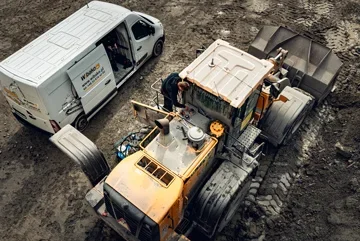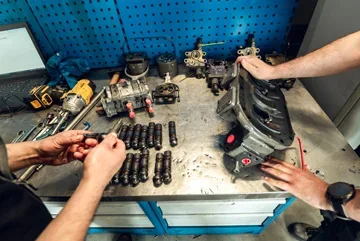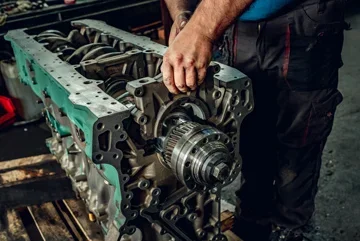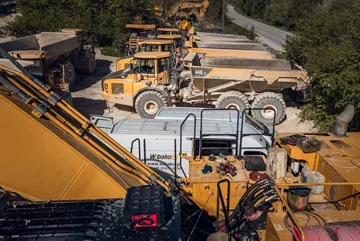How to effectively prepare a machine?
The undercarriage of each construction machine requires special care, as its efficiency determines whether the equipment will be ready to work at all.
Proper maintenance and regular servicing of the system's elements is therefore a necessity - fortunately, consistency allows to avoid costly breakdowns.
Tires and rims - the basis to start with
We start the review of the undercarriage condition with tires. This is an element often overlooked until the moment it actually refuses to cooperate further.
Remember that tires must be primarily matched to the type of ground our machine moves on. A loader working in a mine or gravel pit should therefore be fitted with rock tires.
We should also regularly check the tread condition and never use tires of a different size than recommended by the machine manufacturer. It is also worth taking a closer look at the rims, as in old machines there are punched out holes that cause a slight wheel play and as a result, the axles are exposed to damage.
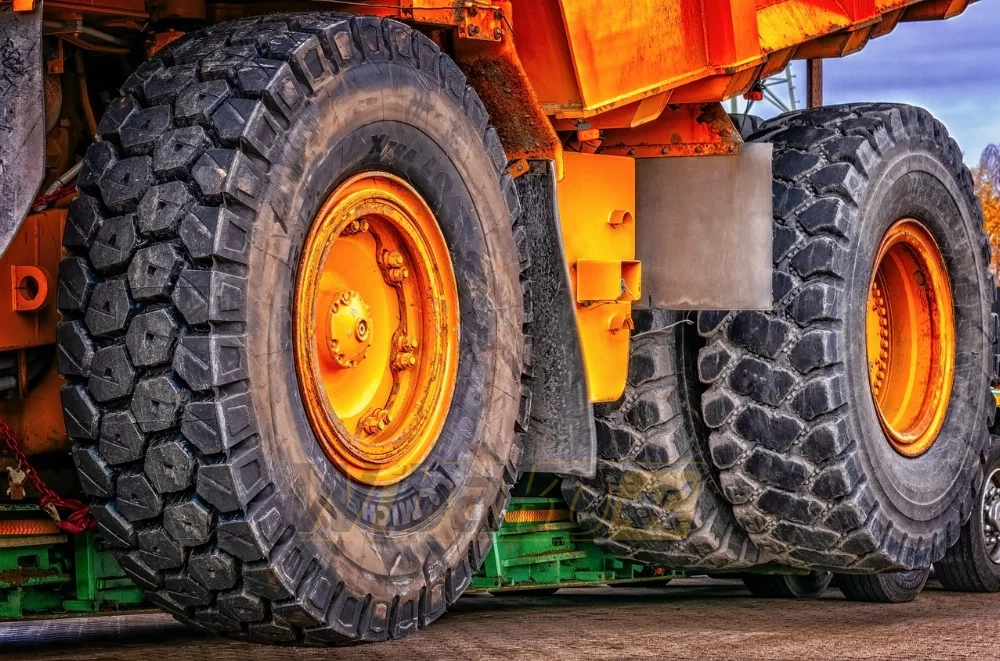
Pay close attention to the condition of the chassis
When looking under the chassis, be sure to check all seals. Even a minor leak, e.g. from a bridge seal, can eventually cause a breakdown. Also check the oil level in the differential.
Particular attention should be paid to drive shafts and crosses, which must be properly tightened, as this is a matter of operator safety and efficient machine operation.
If we have a tracked machine, the basic operational and service activity is to check the condition of the tracks (and find any damage) and bell housings. Any disturbing sounds coming from the vicinity of this element may indicate a breakdown.
Regular checks are also required for drive engines - an experienced operator will certainly pay attention to whether both tracks work evenly. If it is different, the first suspicion should fall on these elements.
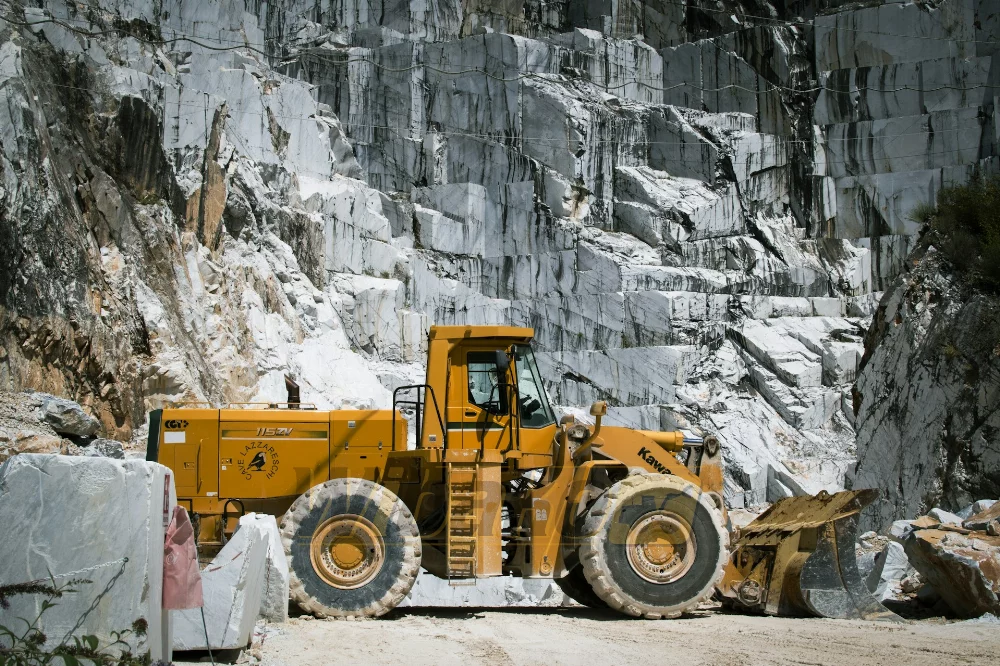
Consistency is worth the price
Regardless of the type of undercarriage we observe, whether the machine's engine performance does not decrease after heating up, as this is a common ailment of neglected and old machines.
Regular servicing of construction equipment always pays off. A harmless fault is easy and cheap to repair, but trivializing it almost always leads to unpleasant consequences for the wallet and immobilization of the equipment for a longer period.




